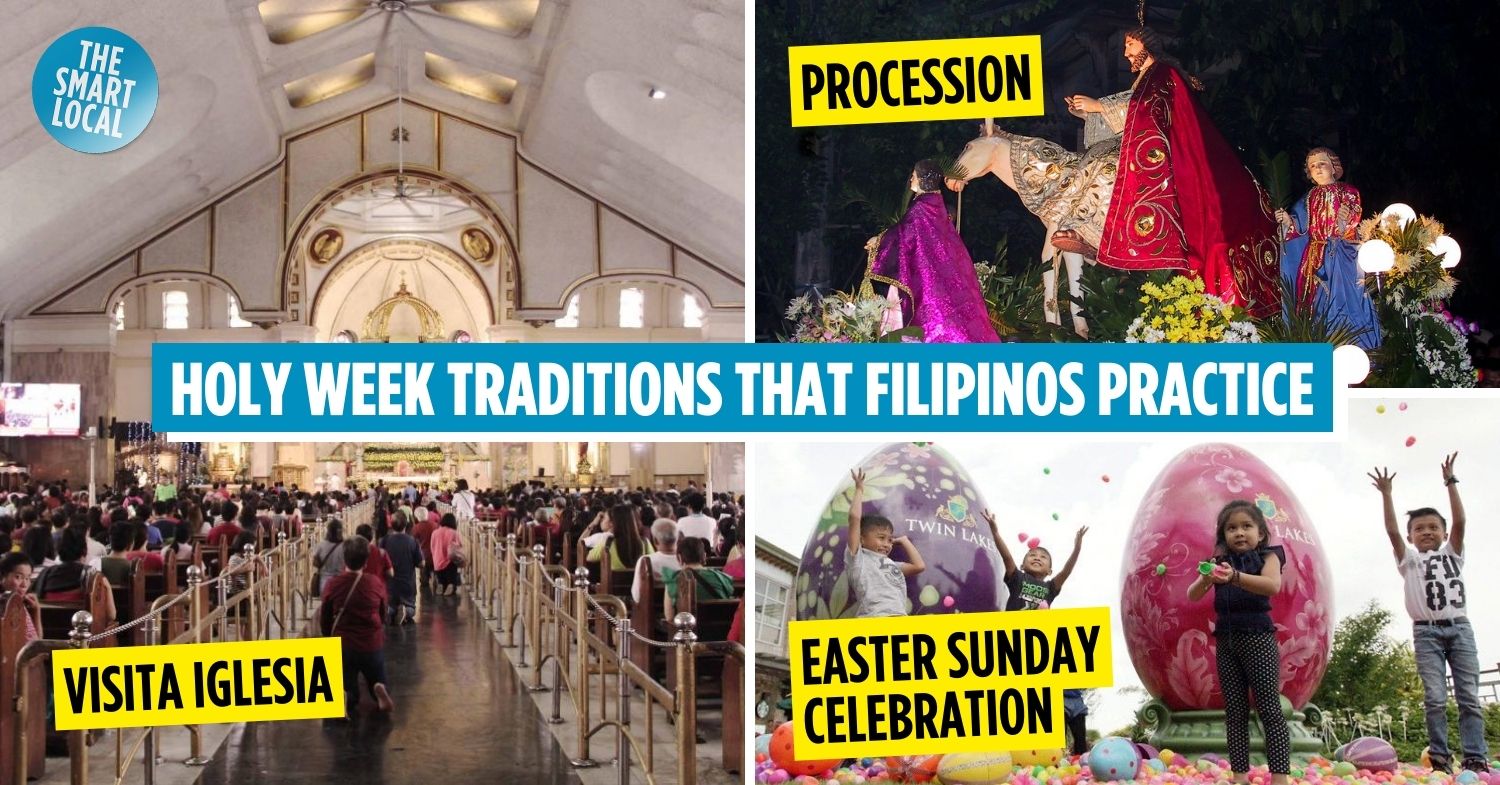Holy week traditions in the Philippines
Holy Week in the Philippines is a deeply significant time for many people. It marks the observance of the passion, death, and resurrection of Jesus Christ.
During this time, various traditions and customs are observed across the country, reflecting the strong influence of Catholicism in Filipino culture. Here are some Holy Week traditions in the Philippines and what makes them important for Filipinos to practice.
Table of Contents
What happens during Holy Week in the Philippines?
Holy Week falls within the season of Lent. Lent is a significant period in the Christian calendar, especially in the Philippines, where it is observed among Filipino Catholics with various religious and cultural practices.
Ash Wednesday, which falls in February, marks the first day of Lent. The following weeks in between February and March act as preparation time for the upcoming Holy Week in the last week of March.
Starting with Palm Sunday, the Holy Week follows a series of events that reflect upon the suffering and rebirth of Jesus Christ. The main events include Pabasa ng Pasyon, Visita Iglesia, and Salubong.
What is the significance of Holy Week in the Philippines?
While deeply rooted in Christian faith, the Holy Week holds an immense significance for Filipino Catholics as it reflects upon their cultural heritage. Throughout the Holy Week, Filipino communities come together to observe religious traditions.
It’s a time of spiritual reflection, repentance, and renewal, as Filipinos remember the Passion and sacrifice of Jesus Christ. Beyond the religious aspect, the Holy Week is also a time for families to spend time together and bond with one another.
So overall, Holy Week is a deeply meaningful and cherished time for Filipinos, embodying both their faith and living the Bayanihan spirit.
1. Pabasa
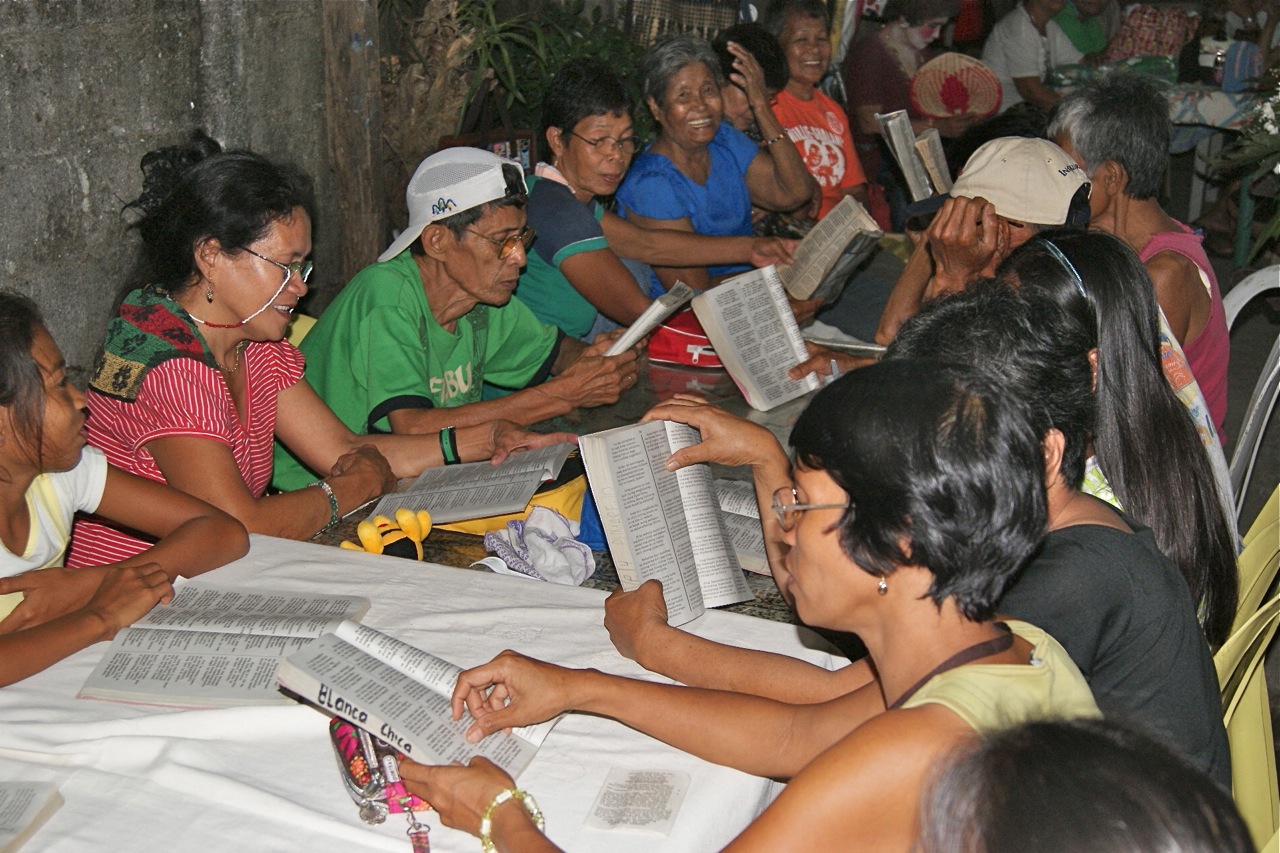
Image credit: Alex Pronove via Wikipedia
Pabasa (a reading) involves the continuous chanting or singing of the Pasyon, a narrative of the life, suffering, and death of Jesus Christ.
Families or communities gather in one place – usually the family assigned to host the reading will arrange this. Divided groups take turns in reading or singing verses from the Pasyon, often chanted acapella or with musical accompaniment.
Depending on the pace, Pabasa ng Pasyon usually goes on for 24 hours during the first few days of Holy Week.
2. Visita Iglesia
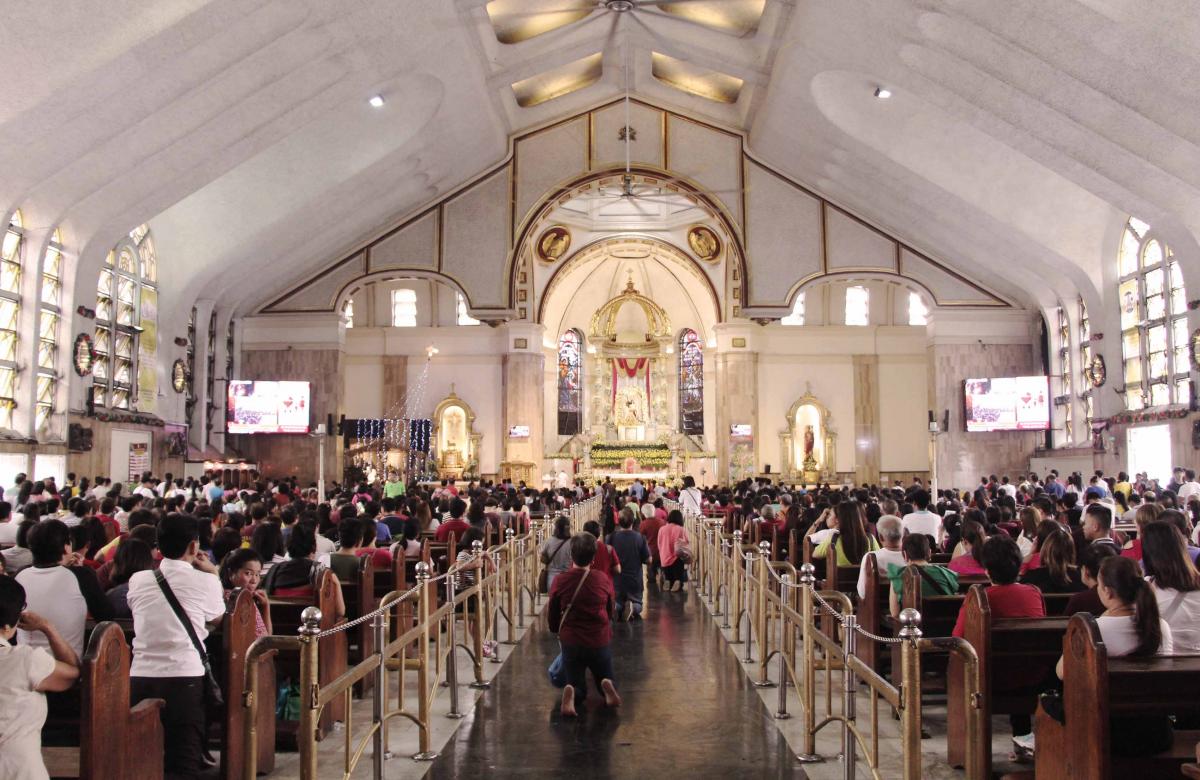 Image credit: Good News Pilipinas
Image credit: Good News Pilipinas
During Holy Week in the Philippines, Visita Iglesia is when Filipino Catholics visit seven to 14 different churches to pray and reflect upon the 14 Stations of the Cross, which entails the journey of Jesus Christ leading to His crucifixion.
In the church, each station will be meditated upon in prayer, making it a spiritual pilgrimage for all devotees. Each devotee has the freedom to offer a prayer to the Blessed Sacrament, pray the Rosary, or reflect on the Passion of Christ.
Like Pabasa ng Pasyon, Visit Iglesia takes a long time to complete and is typically observed during Maundy Thursday or Good Friday.
3. Holy week procession
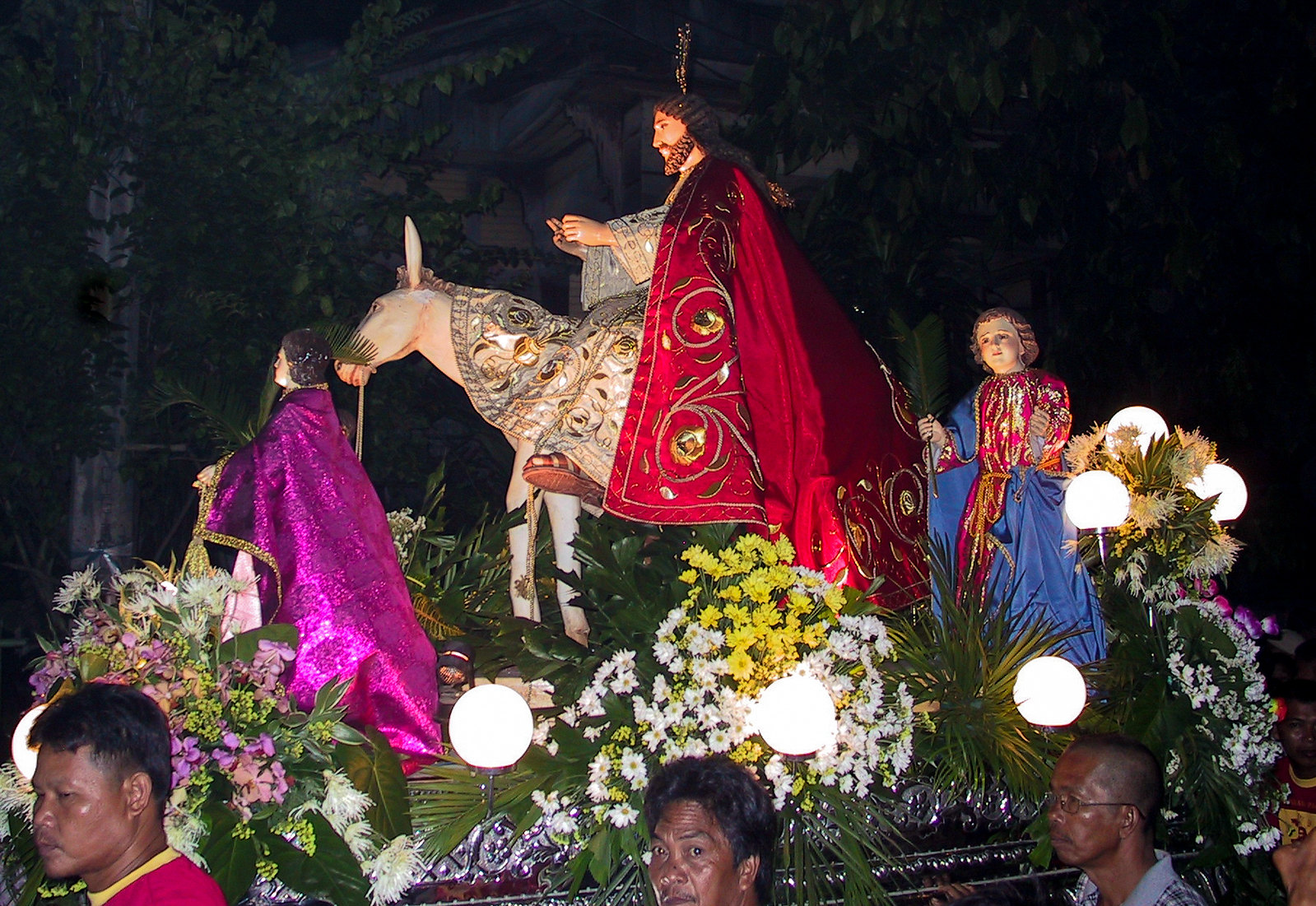
Holy Week procession in Tabaco, Bicol
Image credit: . Ray in Manila via Flickr
The procession is another important activity that takes place during Holy Week. Usually starting in the afternoon of Good Friday going into nighttime, a religious float carrying the image of Jesus Christ will be brought to its church destination on foot.
Some processions feature elaborate floats with statues depicting scenes from the Passion of Christ, while others involve parishioners carrying crosses or participating in street theater. The latter is where you may see active participants of penitensya.
Depending on the community, the procession may be accompanied by solemn background music or praying the Holy Rosary.
4. Senakulo
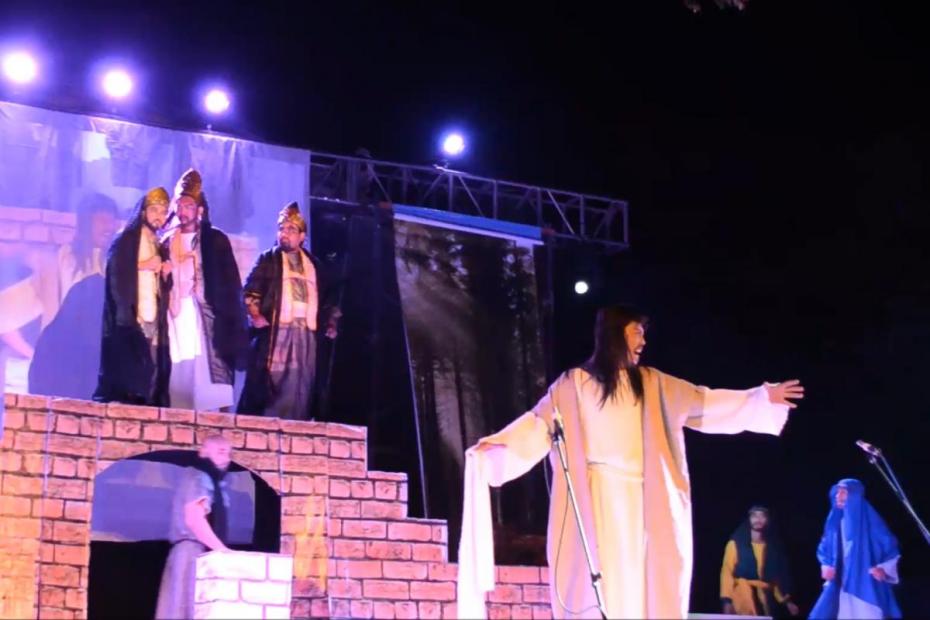
Image credit: Catholics and Cultures
The Senakulo is a dramatic reenactment of the events leading to Jesus Christ’s crucifixion. It involves actors portraying biblical characters like Jesus, Mary, Pontius Pilate, and the apostles. This reenactment is typically a community effort that requires months of preparation.
In some places, the Senakulo may span seven or eight evenings, starting from Palm Sunday and ending on Easter Sunday.
However, due to the extensive preparation required, some places opt for a simplified version performed in one night, lasting up to four hours. This shorter rendition of the theatrical display can occur on any day of the week, but is commonly held on Good Friday.
5. Penitensya
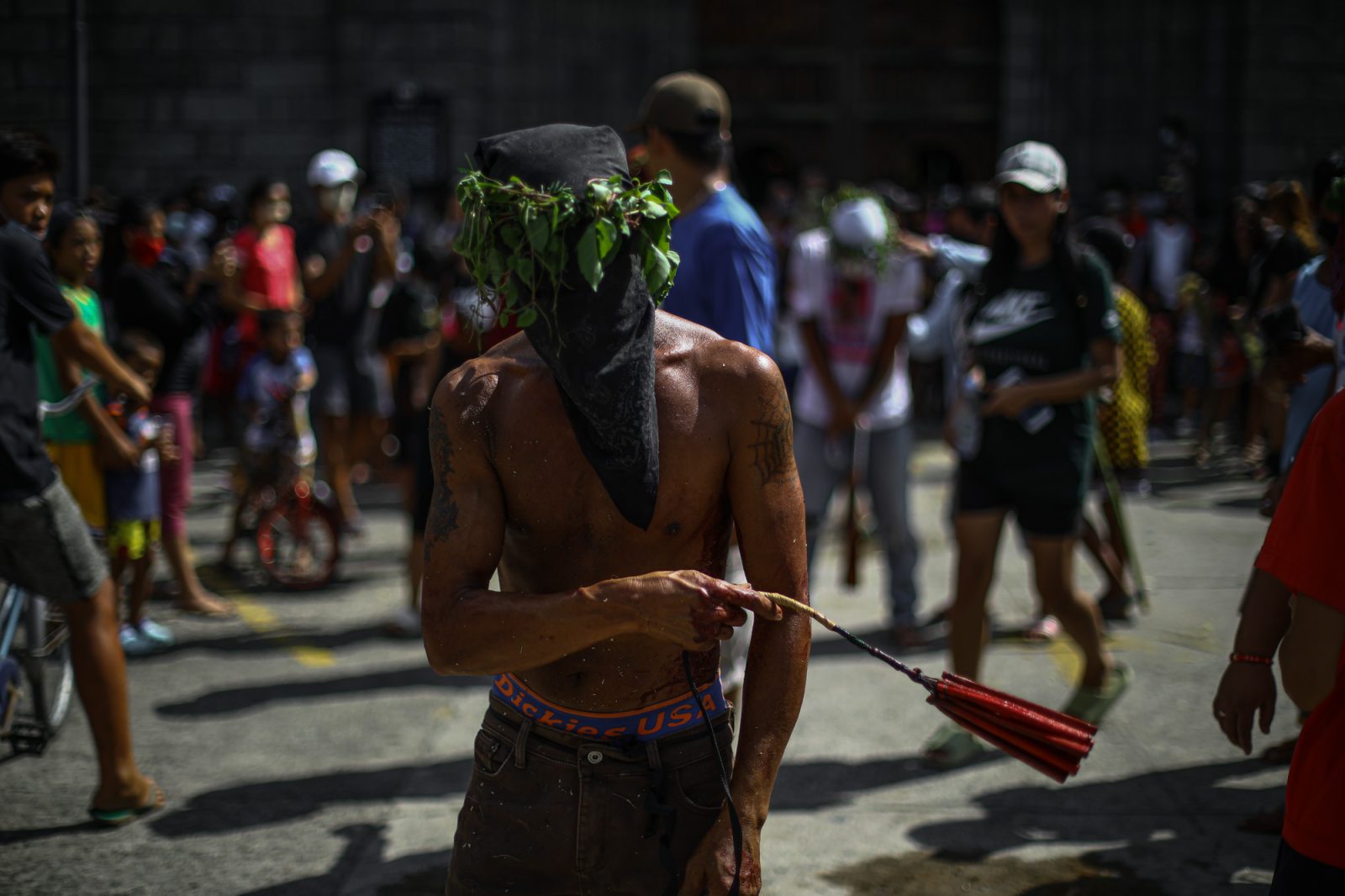
Image credit: LiCAS.news
Penitensya (penitence) or self-mortification is practiced by some devotees during Holy Week as a form of repentance and solidarity with Jesus Christ’s suffering.
This practice may include abstinence, walking barefoot, and flagellating themselves for a certain amount of time. Some locals would even go as far as to undergo the punishments bestowed upon Christ, such as carrying a heavy wooden cross or being crucified literally.
While this is a respected tradition in the country, medical professionals argue that these acts can be dangerous if not well cared for. Therefore, if you participate in acts of penitence, ensure that you do so with caution and observe safety measures.
6. Salubong
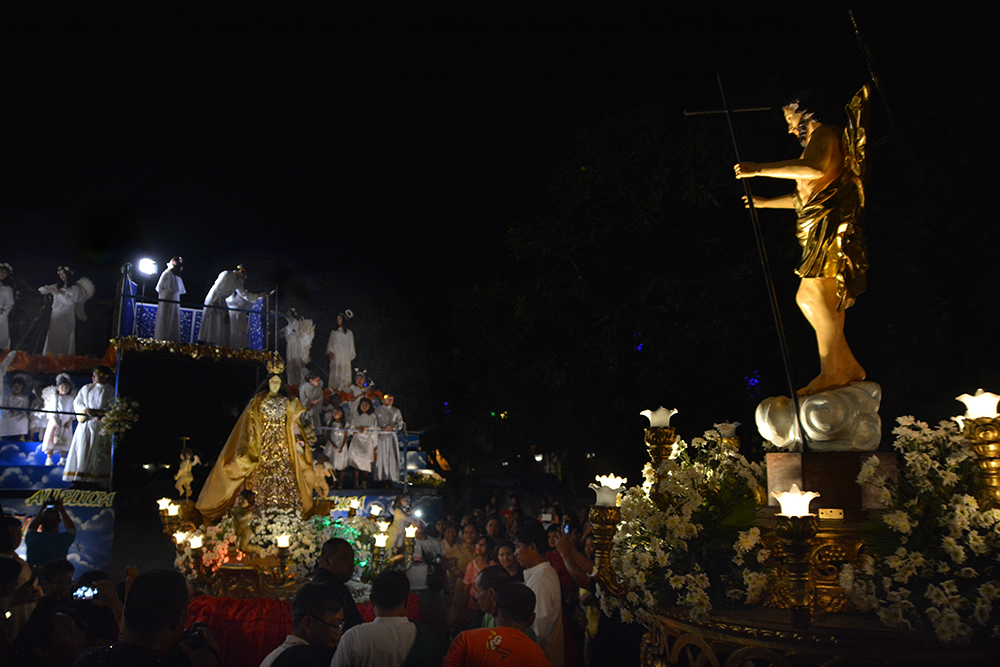
Image credit: CBCPNews
Before the dawn of Easter Sunday, the procession known as Salubong takes place. This reenacts the meeting of the Risen Christ and the Virgin Mary.
The highlight of this event is the convergence of two processions, typically from different families or communities. One procession carries the image of the Risen Christ while the other carries the image of the Virgin Mary. Before the Mass starts, the procession ends with joyful singing and mini performances by children.
7. Easter Sunday celebration

Image credit: Jessie Bustos via Philippine Star
Easter Sunday marks the culmination of Holy Week with joyful celebrations. After attending the Mass, families, and communities would often engage in festive activities such as Easter egg hunts and family gatherings with a huge spread of delicious and hearty food.
Filipinos mark Easter Sunday as a time of rejoicing in the resurrection of Christ and the promise of new life.
Holy Week traditions in the Philippines
These Holy Week traditions in the Philippines are not just religious rituals, but they’re also cultural expressions that unite communities in faith and reflection.
They provide opportunities for contemplation, prayer, and communal solidarity, reinforcing the significance of Easter as the most important event to be celebrated among Catholics around the world.
Also, check out Holy Week superstitions that Filipinos have and meatless Lent dishes to eat during Holy Week. For more cultural reads, visit The Smart Local Philippines.
Cover image adapted from: Good News Pilipinas, . Ray in Manila via Flickr, Jessie Bustos via Philippine Star
